Chart Work Design: Optimizing Visible Communication For Affect
Chart Work Design: Optimizing Visible Communication for Affect
Associated Articles: Chart Work Design: Optimizing Visible Communication for Affect
Introduction
With enthusiasm, let’s navigate by means of the intriguing matter associated to Chart Work Design: Optimizing Visible Communication for Affect. Let’s weave attention-grabbing info and supply recent views to the readers.
Desk of Content material
Chart Work Design: Optimizing Visible Communication for Affect
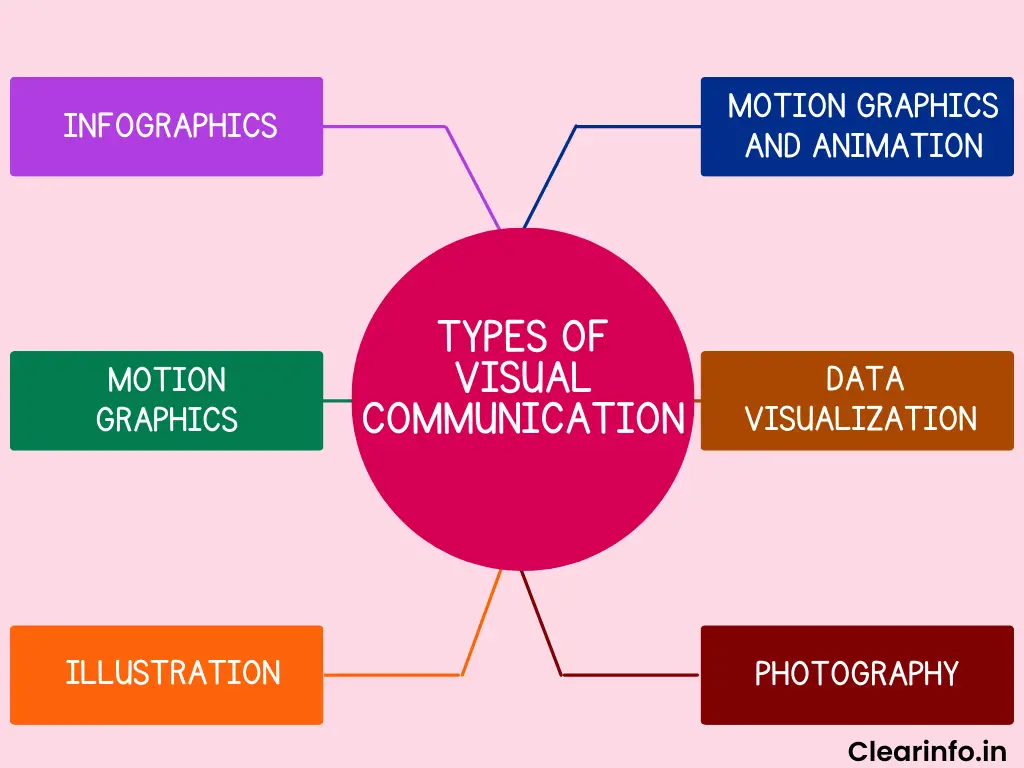
Information visualization is now not a distinct segment ability; it is a essential part of efficient communication throughout all sectors. From enterprise shows to scientific publications, charts and graphs are the first automobiles for conveying complicated info concisely and memorably. Nevertheless, merely making a chart is not sufficient. Efficient chart work design requires a strategic strategy, combining aesthetic ideas with a deep understanding of the info and the supposed viewers. This text explores the important thing parts of chart work design, offering a complete information to creating impactful and simply digestible visualizations.
I. Understanding the Goal and Viewers:
Earlier than even contemplating the kind of chart or the precise design parts, the designer should clearly outline the aim of the visualization. What story are you attempting to inform? What key insights would you like the viewers to remove? This goal will dictate the selection of chart kind and the emphasis positioned on totally different information factors.
Understanding the viewers is equally essential. Are you presenting to specialists who’re aware of the info and its nuances, or to a lay viewers requiring a less complicated rationalization? The extent of element, the complexity of the chart, and the selection of visible parts ought to all be tailor-made to the viewers’s data and expectations. A extremely technical chart could also be applicable for a scientific convention, however it could doubtless overwhelm a normal viewers. Conversely, a very simplified chart would possibly fail to convey the required info to specialists.
II. Deciding on the Applicable Chart Sort:
The selection of chart kind is paramount. Completely different chart varieties excel at visualizing various kinds of information and answering totally different questions. Misusing a chart kind can result in misinterpretations and weaken the message. Listed here are some widespread chart varieties and their greatest functions:
- Bar charts: Ultimate for evaluating discrete classes or teams. They successfully present variations in magnitude between classes.
- Line charts: Greatest for exhibiting tendencies and modifications over time. They’re wonderful for illustrating steady information and figuring out patterns.
- Pie charts: Appropriate for exhibiting the proportion of components to an entire. Nevertheless, they’re much less efficient for evaluating particular segments, particularly when coping with many classes.
- Scatter plots: Helpful for exploring the connection between two steady variables. They will reveal correlations and establish outliers.
- Space charts: Just like line charts, however they fill the world beneath the road, emphasizing the cumulative impact over time.
- Heatmaps: Glorious for visualizing massive datasets with two categorical variables, exhibiting the depth of a 3rd variable utilizing shade.
- Histograms: Show the distribution of a single steady variable, exhibiting the frequency of various information ranges.
- Field plots: Helpful for evaluating the distribution of knowledge throughout totally different teams, showcasing median, quartiles, and outliers.
Selecting the best chart kind requires cautious consideration of the info’s nature and the message you purpose to convey. Keep away from utilizing charts that distort the info or make it obscure.
III. Designing for Readability and Readability:
As soon as the chart kind is chosen, the main focus shifts to design. Readability and readability are paramount. The next ideas ought to information the design course of:
- Clear labeling: All axes, information factors, and legends must be clearly labeled with concise and descriptive titles. Use constant models and keep away from abbreviations except they’re universally understood.
- Applicable scale: Select a scale that precisely represents the info with out distorting its look. Keep away from manipulating the size to magnify or decrease variations.
- Efficient use of shade: Shade must be used strategically to boost the visible enchantment and spotlight key information factors. Keep away from utilizing too many colours, and guarantee ample distinction for readability. Take into account shade blindness when deciding on a shade palette.
- Minimalist design: Keep away from litter. Maintain the chart clear and uncluttered by eradicating pointless parts. Deal with the important info.
- Applicable font: Select a legible font that’s simple to learn, even at smaller sizes. Preserve consistency in font measurement and elegance all through the chart.
- Information-ink ratio: Maximize the proportion of "ink" used to show information, minimizing non-data ink. Scale back pointless gridlines, borders, or ornamental parts.
- Whitespace: Use whitespace successfully to separate parts and enhance readability. Keep away from overcrowding the chart.
IV. Incorporating Context and Narrative:
A chart isn’t just a visible illustration of knowledge; it is half of a bigger narrative. To maximise its impression, the chart must be built-in right into a broader context. This entails:
- Offering context: Embody a short title or caption that explains the chart’s goal and the info it represents. This helps the viewers perceive the context and interpret the data accurately.
- Highlighting key findings: Draw consideration to a very powerful insights utilizing annotations, callouts, or visible cues. Do not let the viewers wrestle to search out the important thing takeaways.
- Supporting the narrative: The chart ought to assist the general narrative or argument you might be presenting. It mustn’t stand alone as an remoted piece of knowledge.
- Contemplating the encompassing textual content: Make sure the chart enhances the encompassing textual content and would not contradict the narrative.
V. Iterative Design and Suggestions:
Chart work design is an iterative course of. It is hardly ever potential to create the proper chart on the primary try. It is important to evaluation and refine the design based mostly on suggestions and testing. Present the chart to others and solicit their suggestions on its readability, effectiveness, and total impression. Be open to revising the design based mostly on their enter.
VI. Instruments and Applied sciences:
Quite a few instruments and applied sciences can be found for creating charts. The selection is determined by the complexity of the info, the specified stage of customization, and the consumer’s technical expertise. Some in style choices embrace:
- Spreadsheet software program (Excel, Google Sheets): Appropriate for creating easy charts shortly and simply.
- Information visualization software program (Tableau, Energy BI): Provide extra superior options for creating interactive and complicated visualizations.
- Programming languages (Python with libraries like Matplotlib and Seaborn, R with ggplot2): Present most management and adaptability for creating extremely personalized charts.
VII. Moral Issues:
Moral issues are essential in chart work design. It is important to keep away from manipulating the info or the chart’s design to mislead the viewers. This contains:
- Avoiding deceptive scales: Don’t manipulate the size to magnify or decrease variations.
- Utilizing correct information: Be certain that the info used is correct and dependable.
- Avoiding cherry-picking information: Don’t choose solely the info that helps your argument whereas ignoring contradictory proof.
- Transparency: Be clear concerning the information sources and any limitations of the evaluation.
By following these tips, designers can create charts that aren’t solely visually interesting but additionally efficient in speaking complicated info clearly and precisely. Do not forget that the last word aim is to make use of information visualization to boost understanding and facilitate knowledgeable decision-making. A well-designed chart can rework information into a strong narrative, leaving an enduring impression on the viewers. Investing effort and time in chart work design is an funding in efficient communication.
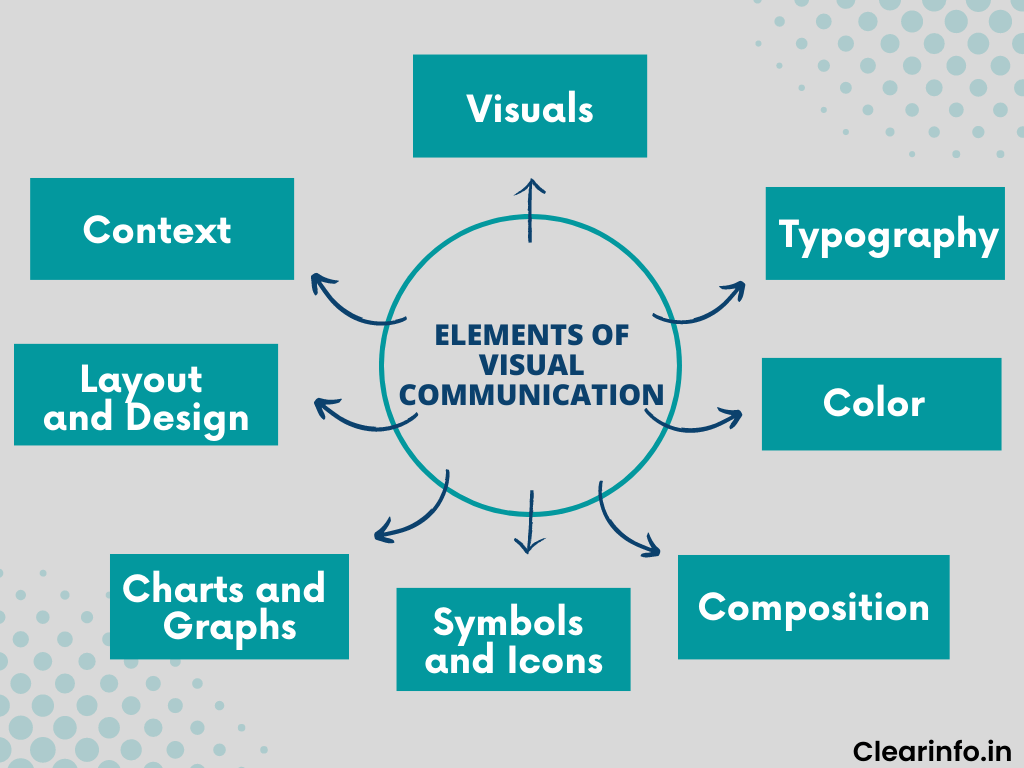
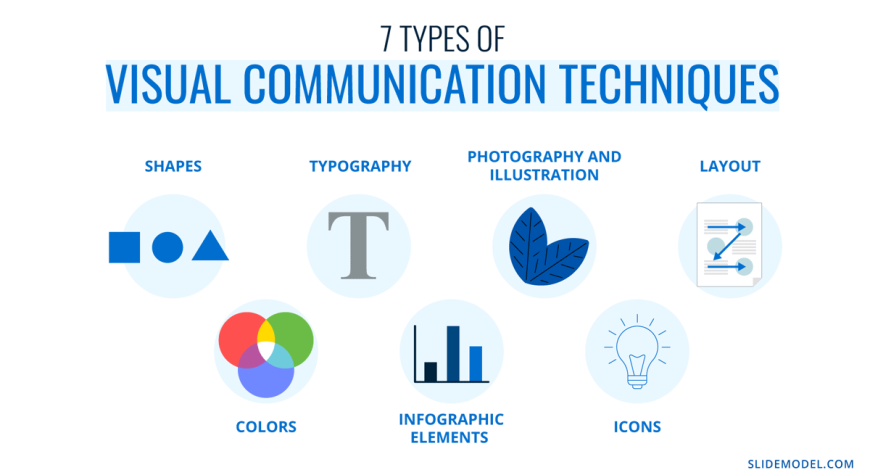
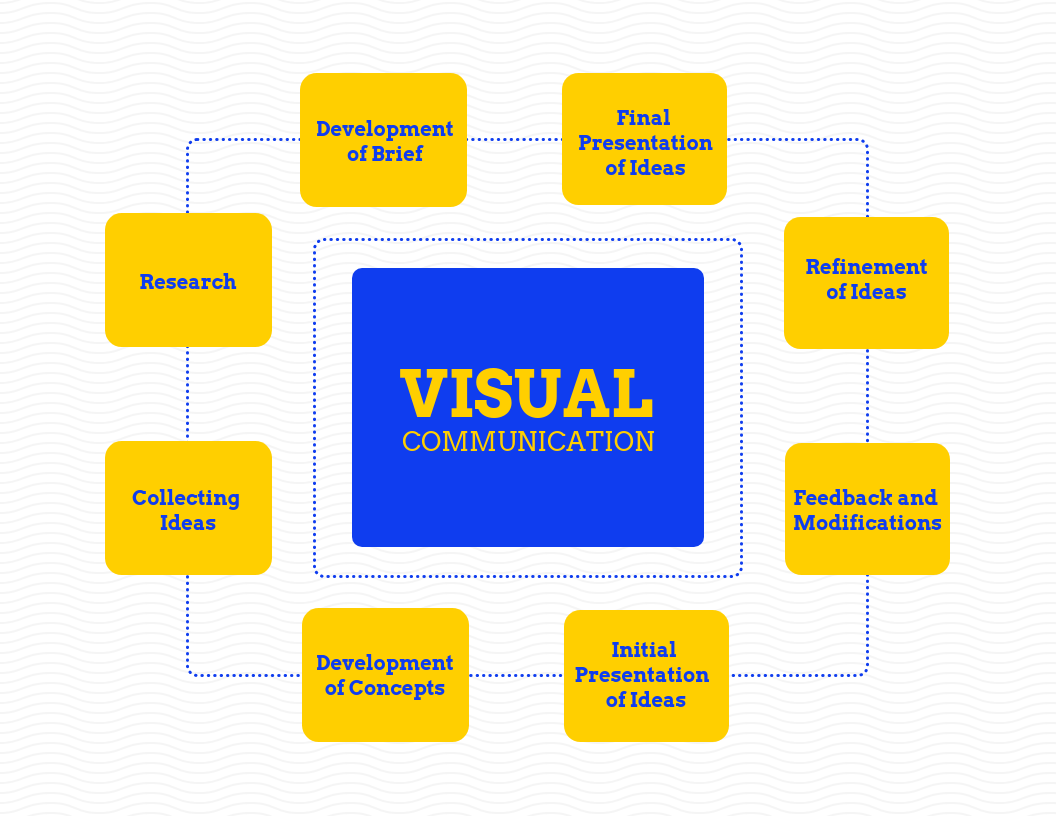


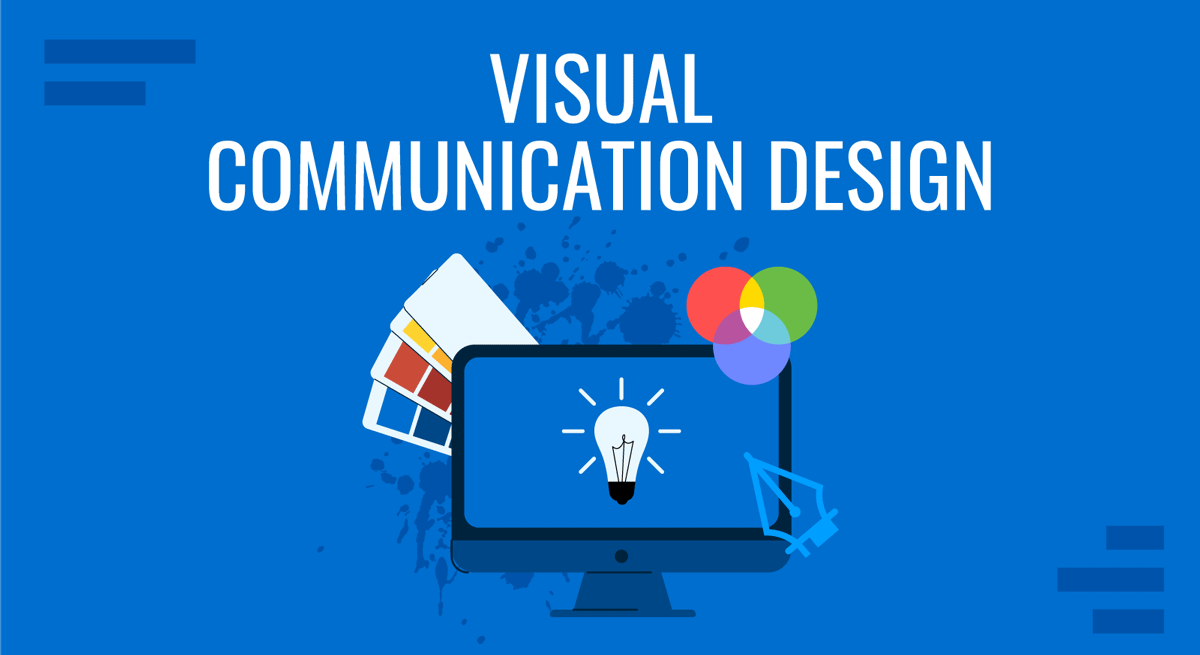


Closure
Thus, we hope this text has offered worthwhile insights into Chart Work Design: Optimizing Visible Communication for Affect. We respect your consideration to our article. See you in our subsequent article!